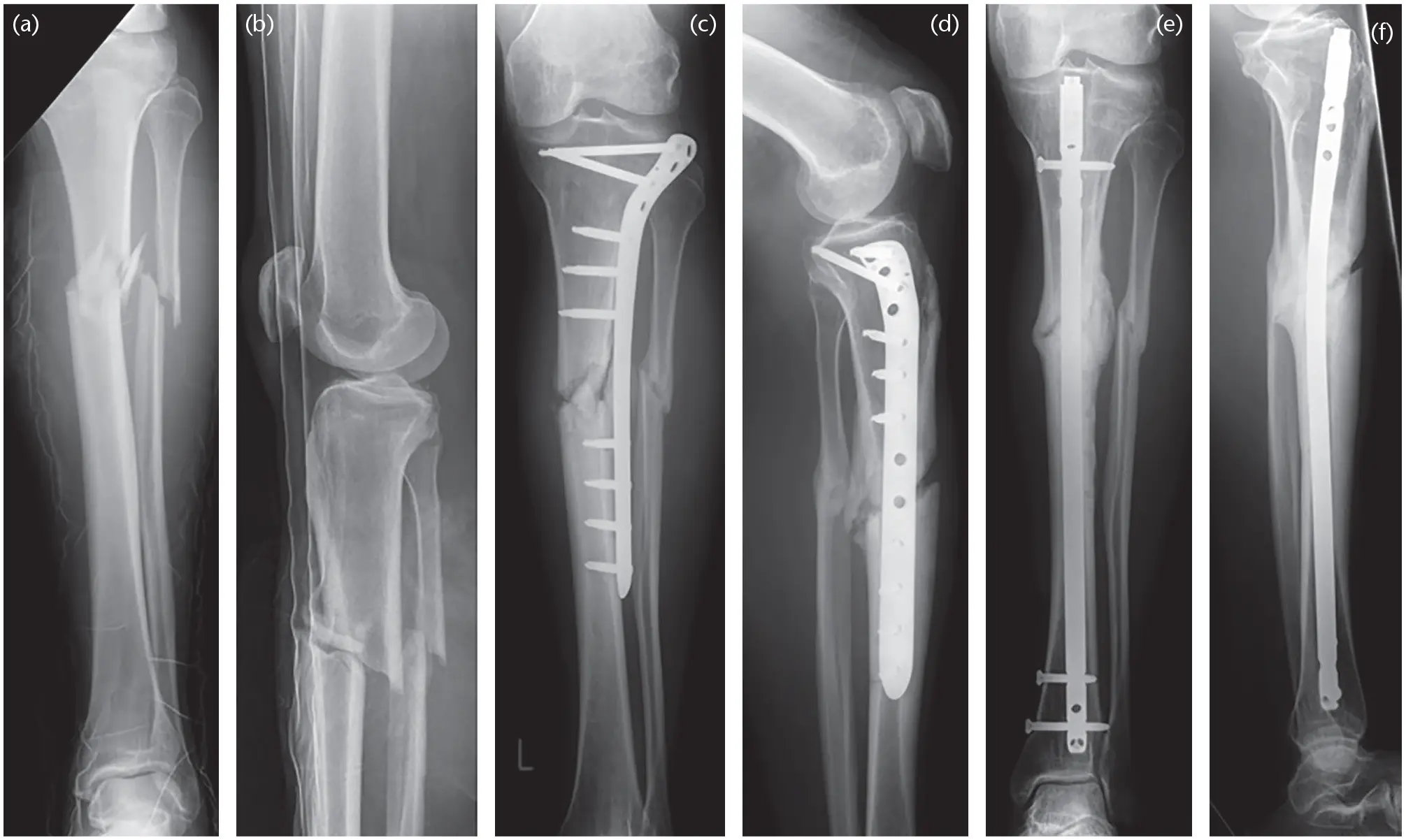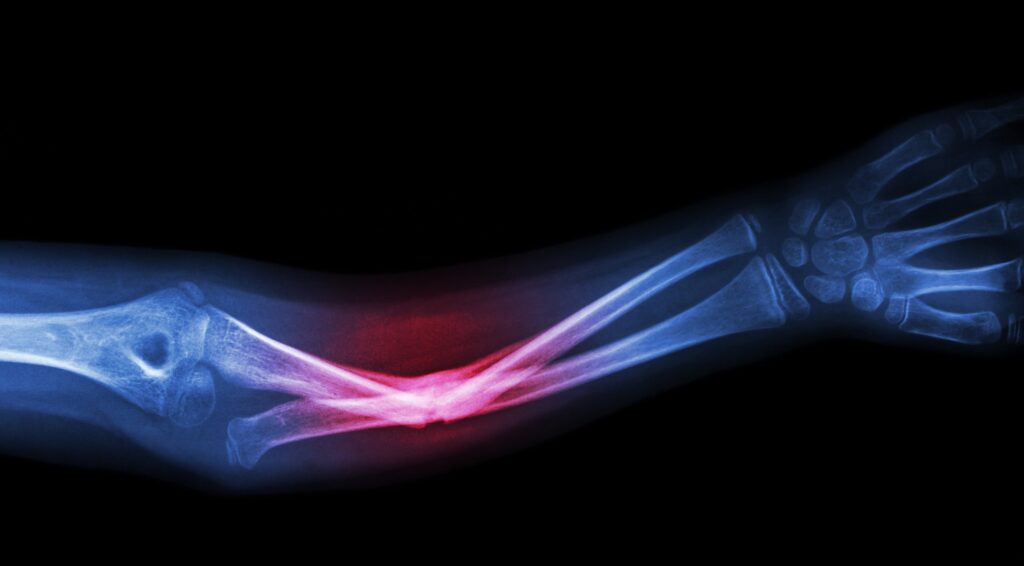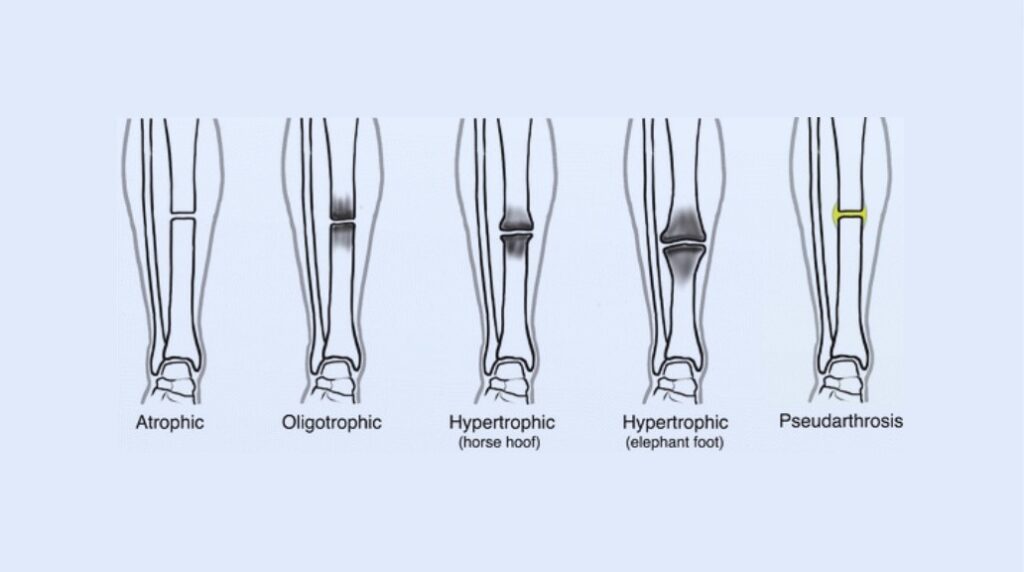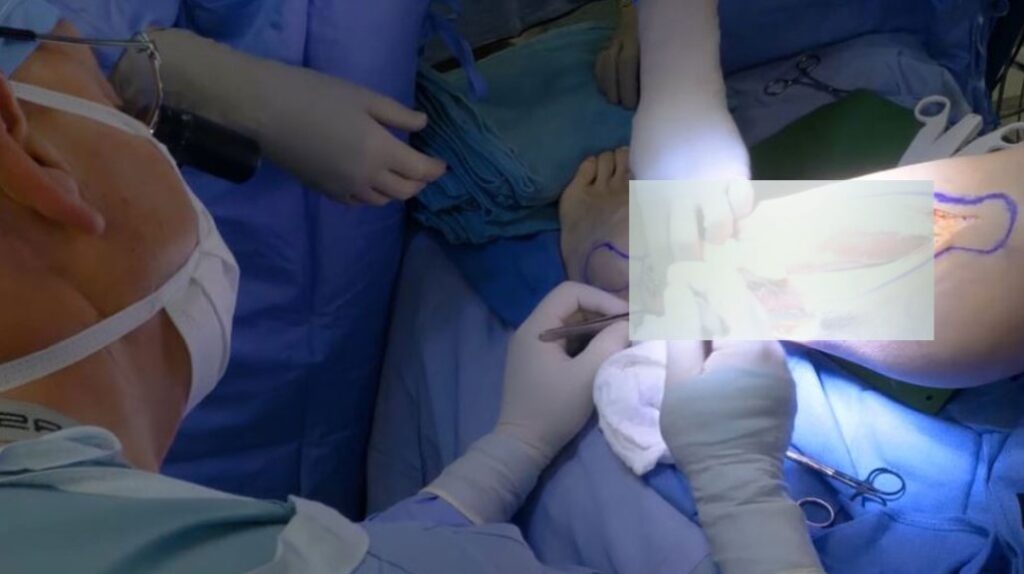Understanding Non-Union Fractures: Causes, Symptoms, and Treatment

Fractures are common injuries that, with proper care, usually heal well. However, in some cases, the healing process doesn’t go as planned, leading to a condition known as non-union fractures.
This blog post delves into the intricacies of non-union fractures, shedding light on their causes, symptoms, and treatment options. Understanding non-union fractures is vital for both patients and healthcare providers, as it can help prevent long-term complications and improve quality of life.
Fractures are disruptions in the continuity of a bone, but they generally heal with the right treatment. However, non-union bone injuries are instances where bones fail to heal as expected.
This can be due to various factors, and understanding these factors is crucial in devising effective treatment strategies.
By exploring the causes, symptoms, and treatments of non-union fractures, we aim to provide valuable insights that empower individuals to make informed decisions about their bone health.
What are Non-Union Fractures?

Normal bone healing involves a series of stages, from inflammation and repair to remodeling. Non-union fractures deviate from this natural healing process.
These fractures occur when bones fail to heal within the expected timeframe or don’t heal properly despite treatment. This can result in chronic pain, limited mobility, and compromised quality of life.
Non-union fractures can stem from a variety of factors, such as poor blood supply to the fracture site, inadequate immobilization, infection, or even patient-related factors like age and underlying health conditions. Identifying the type of non-union fracture is essential, as it guides treatment decisions.
Understanding the underlying causes and consequences of non-union bone injuries is key to ensuring effective treatment and preventing potential complications.
Causes
Several factors contribute to non union fractures. Patient-related aspects like age, overall health, and underlying conditions play a role.
Fracture characteristics, such as severity and location, also impact healing. Insufficient blood supply to the fracture site, infections, and inadequate immobilization are external factors that hinder proper bone healing.
Types

Non-union fractures are not a uniform condition. They encompass different classifications based on factors like the time since the injury and fracture stability.
Delayed unions involve fractures taking longer to heal than anticipated, while established non-unions display no signs of healing after the usual timeframe.
Atrophic, hypertrophic, and oligotrophic non-union fractures have distinct characteristics that guide treatment approaches.
Symptoms and Diagnosis
Non-union fractures can manifest in various ways. Chronic pain, often localized around the fracture site, is a common symptom.
This persistent discomfort may intensify during movement and significantly impact a person’s daily life. Limited mobility and difficulty bearing weight are also telltale signs of non-union fractures.
Diagnosing non-union fractures requires a multi-faceted approach. Healthcare professionals begin with a thorough clinical evaluation.
They assess mobility, pain levels, and any visible deformities. X-rays and advanced imaging techniques like CT scans provide detailed insights into the fracture site, offering a clear picture of whether proper healing has occurred.
Patient history is equally vital for accurate diagnosis. Gathering information about the initial injury, previous treatments, and any factors that might impede healing is crucial. Prompt diagnosis is imperative, as it allows for timely intervention and the development of effective treatment strategies to encourage bone healing.
Complications of Non-Union Fractures
Untreated non-union fractures can lead to a cascade of complications that severely impact an individual’s life. Chronic pain can become a constant companion, hindering daily activities and diminishing overall quality of life.
Deformities may arise due to the bone’s inability to heal properly, resulting in misaligned or angulated bones.
Moreover, non-union fractures can cause functional impairment, limiting range of motion and preventing individuals from engaging in activities they once enjoyed.
These complications not only affect physical health but also take a toll on mental well-being, as the inability to perform routine tasks can lead to frustration and depression.
Treatment Options: Non-Surgical

The approach to treating non-union fractures depends on several factors, including the type of non-union and the patient’s overall health.
Non-surgical treatments are often the initial course of action. Immobilization using casts, braces, or splints stabilizes the fracture site, allowing the bones to align and heal over time. Bone stimulation techniques, such as ultrasound and electrical stimulation, encourage bone growth and healing.
Nutrition and medications also play a crucial role in the healing process. Adequate intake of essential nutrients like calcium, vitamin D, and protein supports bone health. In some cases, medication may be prescribed to boost bone growth and healing, aiding the body’s natural regenerative processes.
Surgical Treatment Options

For complex or severe non-union fractures, surgical intervention may be necessary. Internal fixation methods involve the use of screws, plates, and rods to stabilize fractured bones and promote proper alignment.
Bone grafts, either using the patient’s own bone tissue (autograft) or donor tissue (allograft), provide a scaffold for bone growth and stimulate healing.
Surgical treatment aims to restore stability, encourage bone fusion, and promote the natural healing process. These procedures often require a tailored approach, accounting for the patient’s unique condition and the type of non-union fracture present.
Rehabilitation and Recovery
After treatment, the journey to recovery continues through post-treatment rehabilitation. Physical therapy exercises are customized to each patient’s condition, focusing on restoring mobility, strength, and function.
These exercises gradually reintroduce movement, helping to prevent muscle atrophy and joint stiffness.
Compliance with the rehabilitation plan is crucial for successful recovery. It’s important to follow the guidance of healthcare professionals, attend therapy sessions, and actively engage in exercises.
The duration of rehabilitation varies based on the severity of the non-union fracture and the patient’s progress.
Preventing Non-Union Fractures
Preventing non-union fractures begins with prioritizing bone health. Incorporating calcium-rich foods, vitamin D supplements, and regular exercise into one’s lifestyle supports bone strength and reduces the risk of fractures.
Safety measures, such as using proper sports gear and fall prevention strategies, play a vital role in minimizing the occurrence of fractures.
Swift medical attention for suspected fractures is essential. Early diagnosis and prompt intervention significantly increase the chances of successful bone healing, preventing the development of non-union fractures and their potential complications.




